How a small town defeated an ‘alien’ solar farm
The NSW wine town of Mudgee’s success at fighting off a solar farm is a signal to other communities that a town’s scenery and a resident’s sense of place count for something.

The NSW wine town of Mudgee likes to impress visitors in advance. A few kilometres from town, on the main road from Sydney, the grand unveiling begins: clipped vines and rolling pastures all embraced by tree-topped ranges. It’s a red-carpet arrival that prepares visitors for the bounty beyond.
Twice voted Australia’s top tourism town, Mudgee is protective of its assets. So when plans emerged to install 25,000 solar panels along part of this entrance corridor in the Burrundulla valley 2.4km southeast of the township, the council and many local residents objected. “If you’re driving from Sydney (on the Castlereagh Highway) over the hill into Mudgee and you see 65 acres of solar panels glaring in your face, that’s probably not what you’d expect going into a regional town for a bit of R&R. That’s not the sort of entrance that we want,’’ said Mayor Des Kennedy.
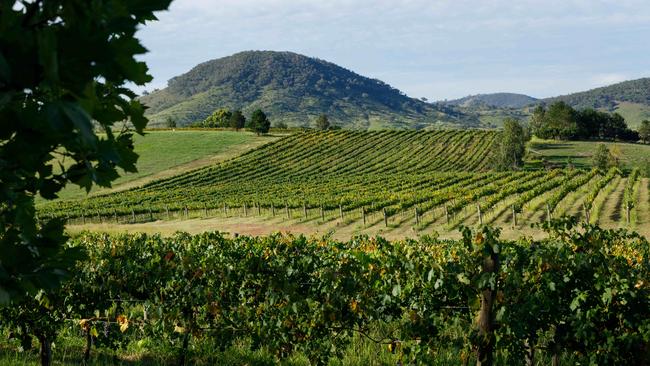
The NSW Land and Environment Court agreed. The valley is mapped “visually sensitive land’’ under the local area plan and senior commissioner Susan Dixon concurred that the sea of glass panels would be an “alien’’ feature, an intrusion on the scenic quality of this entry point to Mudgee. “The excessive scale of the proposed solar arrays, located on a site that is within a low-lying, visually sensitive rural landscape setting adjoining the main entrance corridor to Mudgee … demonstrates that the development as proposed is not suitable for the site,” Ms Dixon ruled.
It was a signal to other embattled communities that a town’s scenery and a resident’s sense of place count for something, and it came as a relief for neighbours who had battled almost five years to stop the relatively small 10MW project.
Young dad Daniel Stewart would have looked out to the solar panels from his house on a former vineyard and cherry farm on which he now runs livestock.
He loves the rural views, and his neighbours – including a farmstay business and wedding venue – were aghast that parts of their outlook would go from green to glass. The developer’s offer to plant screening trees and hide the panels behind dirt mounds three metres high didn’t placate anyone. Mr Stewart armed himself with information, poring over all the planning documents, environmental impact statements and reams of reports.

“I had plenty of hope that we’d beat it. I’m an electrician and I thought if I could see right through it then someone who is a bit more educated and in a higher position in the Land and Environment Court could hopefully see through it too. And they did,’’ he said.
Mayor Kennedy was never so confident. Why not? “Well, the world’s gone mad with everybody wanting to do renewables in the next five minutes instead of doing it progressively and with thought and planning,” he said.
“We’re not against renewables. We know that we’ve got to get there, but there’s this rip, tear and bust attitude. It’s going to be a bloody train wreck.’’
Mr Kennedy said his Mid-Western Regional council is juggling another 16 large-scale wind, solar and transmission projects, and more developers come knocking every other week, like it’s some modern-day gold rush.
His shire is located in the Central-West Orana renewable energy zone – the first of five NSW REZs – covering 20,000 square kilometres including Dubbo to the west, Mudgee to the south and Coolah to the northeast.
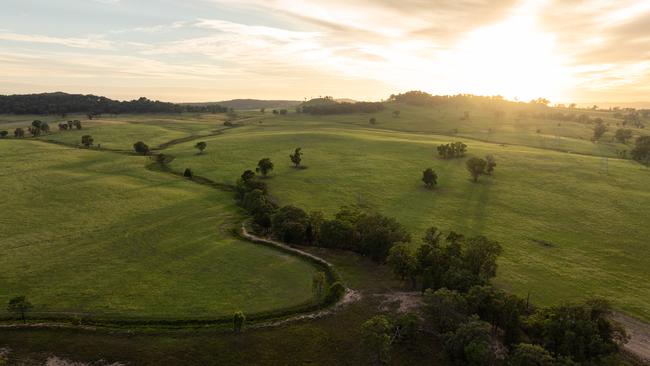
Voluntary agreements and compulsory land acquisitions are under way for 240km of new transmission lines, and locals are worried how the region’s roads, housing and social services will cope with a surge of workers during the building of multiple projects.
Temporary accommodation camps for more than 2000 labourers will be built near tiny villages but many more will use existing housing, already in short supply.
Shelley Piper, who runs a cattle property with husband Matt Cherry near Cassilis in the Upper Hunter, an hour north of Mudgee, said they haven’t been properly consulted about a temporary camp for 600 workers neighbouring their property to be built by state-owned EnergyCo, the body set up to deliver the REZ.
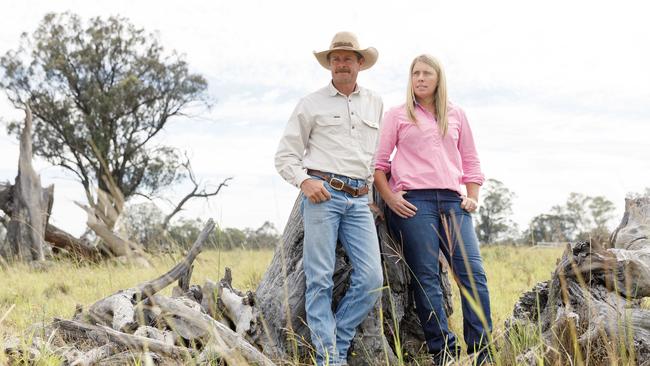
Neighbours fall out
It doesn’t help that they tried to buy the neighbour’s land to add to their highly productive farm but lost out.
“We’ve had one phone call to say they’d bought the land and would build a worker’s camp here. That’s it. We’re being asked to accept what is going on without any information. It’s not right; I think the rest of Australia need to know what’s going on out here,’’ Ms Piper said, pointing out the hills in the distance where wind turbines will be built, and land over the way that will host transmission towers.
The couple practise sustainable farming and understand the need for renewable energy but can’t help but worry about the impact on agriculture and the social costs carried by a community being asked to do the heavy lifting for the federal government’s push towards 82 per cent renewables by 2030.
Like Mudgee’s entrance corridor, Ms Piper thinks this is visually significant land but there are few protections out here. Mudgee and other towns, including Armidale, Bathurst, Dubbo, Orange, Tamworth, Wagga Wagga and Goulburn, have been covered by state planning rules that seek to protect them from solar and wind developments encroaching within 10km of a commercial centre.
Smaller towns such as scenic Cassilis or the beautifully preserved historic town of Gulgong aren’t included. The 400MW Stubbo solar farm is under construction on 1250ha of land about 10km north of Gulgong. The Beryl solar farm about 7km west of Gulgong began operating in 2019.

Hard-fought battles, like the stoush in Mudgee, are playing out all through the district as some landholders happily sign leases with energy companies while others resist.
Some residents are fully on board while others are not, and stories abound of generational friendships collapsing in the fallout.
The land slated for the Mudgee solar farm is owned by a longstanding winegrowing family who lease the plot to renewables developer ITP Development, which put forward the solar plan.
Patriarch Ted Cox said the thought of solar panels near his vineyard and cellar door didn’t worry him and he challenged the idea that Mudgee’s entry corridor was special, pointing out that the area closer to town is a commercial and industrial zone.
“It’s hardly the Champs-E’Lysees,’’ Mr Cox said. “I think they overstated the problem with unsightliness.
“It’s disappointing. You try to do your bit to combat climate change and it seems that someone’s view is more important.’’
National lobby group Farmers for Climate Action say many landowners are on board with the renewables push.
Landholders can make good money – $40,000 per wind turbine per year while often still running livestock, and $1500 per hectare per year for solar panels while still farming sheep.
Neighbouring properties don’t always feel so lucky. The Environmental Impact Statement for the transmission lines acknowledges some residents may experience an “unequal distribution of impacts and benefits of the project’’.
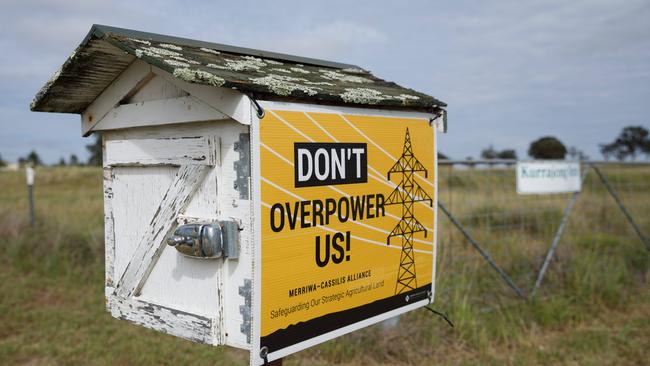
‘No moratorium’
As the race to replace ageing coal-fired power stations continues apace, the federal government is ignoring calls for a pause to allow for the more detailed planning Mayor Kennedy says is required.
Energy Minister Chris Bowen recently insisted there would be no moratorium. He said the government was working to ensure better consultation with regional councils and communities after a review from Energy Infrastructure Commissioner Andrew Dyer found poor engagement had led to a material distrust of project developers.
Mr Dyer acknowledged new transmission plans had “unleashed a plethora of wind and solar farm developers descending on the planned routes to attempt to sign up nearby landholders with exclusive contracts over their land”. “As a result, there are far more potential renewable generation projects being pursued by developers than the proposed transmission lines may actually accommodate, which can unnecessarily create uncertainty, anxiety and consultation fatigue,” he said.
While the NSW government talks up the billions in private investment and a $128m “down payment” to support Central-West Orana communities ahead of full construction later this year, Mr Kennedy and other mayors in the REZ are assessing the other side of the ledger.
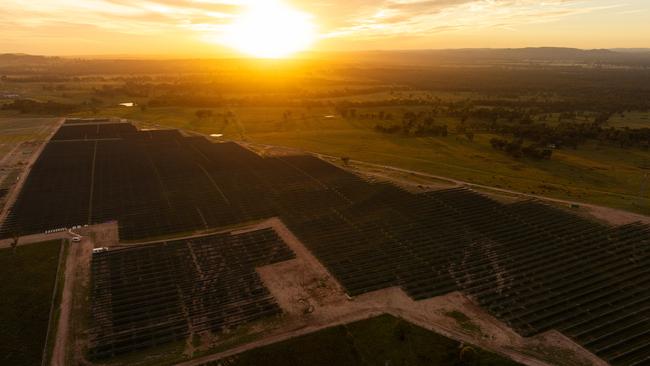
The Mid-Western Regional Council commissioned PwC to do a report on the likely impacts. The news was exciting for some and sobering for others: as of October, 25 major renewable projects were planned in and around the LGA, requiring a workforce of 7010 workers by 2026. Factor in accompanying families and that’s an extra 9000 people, a 40 per cent increase in population in three years.
Neighbouring Warrumbungle Shire Mayor Ambrose Doolan is facing similar issues.
“To start with we had one project in 2018, now we’ve got 10. It’s the cumulative effect of it all,” he said. “Where are all the workers going to come from? Where will the waste go? How will they get a drink of water? How is it all going to work?
“One of these projects will use more water per year than the town of Coolah. It’s another town supply that we have to come up with.”
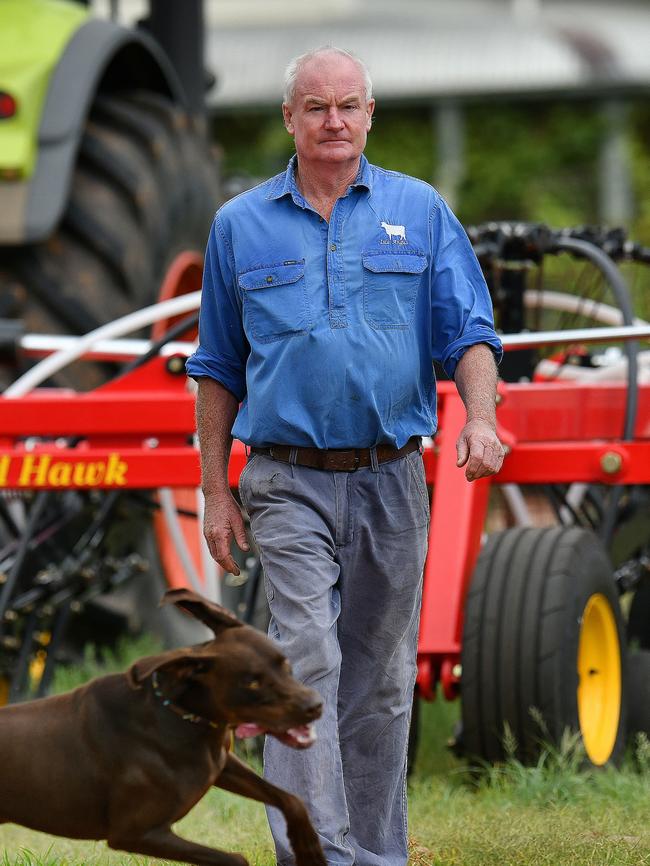
Mr Doolan said councils were getting more information now than in previous years but it’s still not ideal. “Look, we can’t stop it, we understand this is happening, so from my perspective it’s a matter of getting what we can to plan for and manage what’s coming,’’ he said.
Mudgee in particular is a booming tourist and tree-change town. Mr Kennedy said workers are already using up some of the tourist accommodation and there are stories of local families losing their rentals to higher-paying energy companies.

Labour shortage
EnergyCo’s EIS says food and recreation facilities, and a full-time medico or paramedic in the temporary worker camps, would minimise broader impacts on the region. An EnergyCo spokesperson said viable potential water sources had been identified: “This work has identified commercially available water sources capable of meeting the project requirements.”
But no one is quite sure where the workers will come from. Local farmer Emma Bowman said employers have struggled for years to find workers. “Anyone who lives in the study area would have a job if they want one so the CWO REZ transmission project and the solar and wind projects will poach employees from businesses in the region, causing more issues for small business and local councils.’’
The NSW government’s recent decision to increase the Orana REZ’s network capacity from 4.5GW to 6GW by 2038 has caused alarm for what might yet come. In towns around the region energy companies have shopfronts full of flyers and maps and helpful announcements about community benefit funds and consultation sessions. Yet many who spoke to The Australian complained of a lack of detailed information. (An energy worker, who did not wish to be named, countered that you can’t consult with people who won’t listen).
‘Hopefully they listen’
Turill landowner Susan Lamplugh says she’s all ears and attended a local meeting hoping to learn how the REZ would affect her area. “There were lots of people on hand to answer questions, lots of colourful maps, but nothing was set in concrete and it was all subject to change. I left none the wiser. We are nothing but collateral damage,’’ she said.
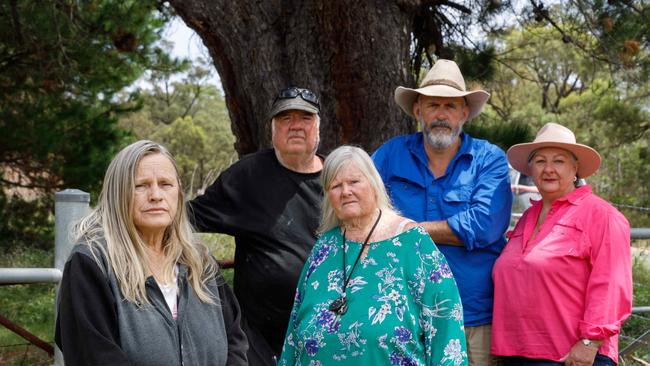
Emails spruik the benefits to local communities but all Ms Lamplugh sees is angst and uncertainty.
Mayors Kennedy and Doolan said they were yet to see any benefits for their LGAs and local mayors have teamed up to share information and lobbying power.
“In my 14 years as mayor I’ve learnt with politicians that you’ve just got to keep chipping away,’’ Mr Kennedy said. “Chip, chip, chip all the time; you feel like you’re a bloody whingeing and nagging old bugger. But that’s what you’ve got to do and hopefully they listen to you.’’





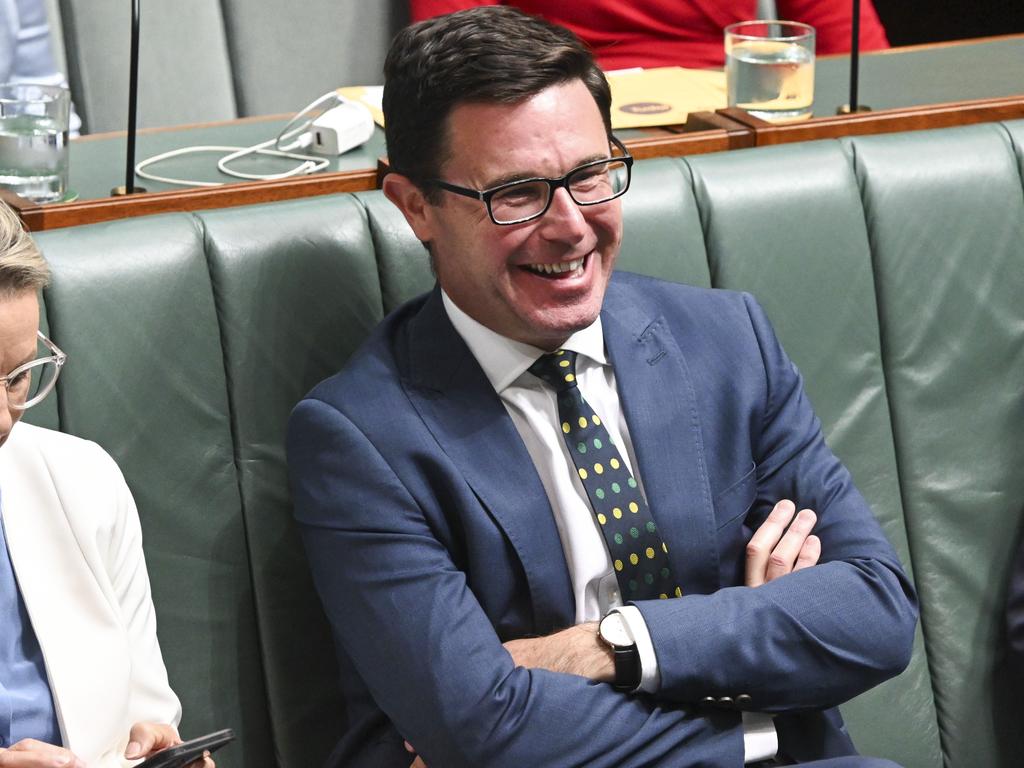
To join the conversation, please log in. Don't have an account? Register
Join the conversation, you are commenting as Logout